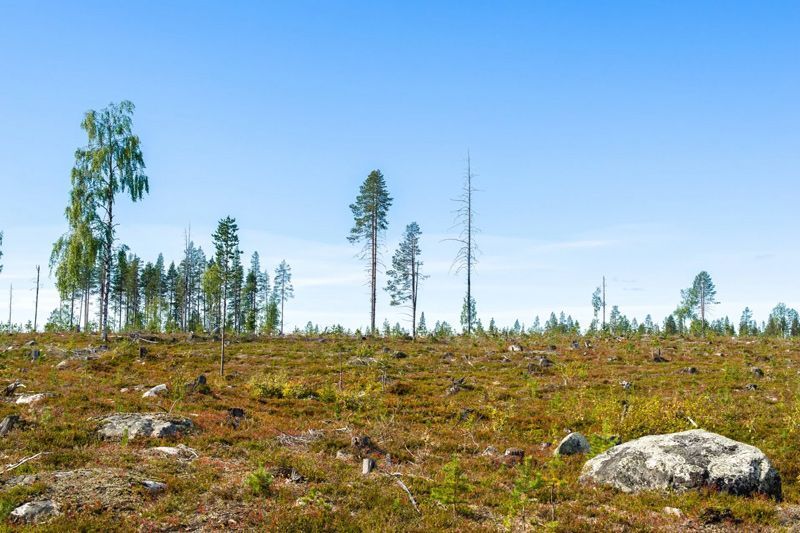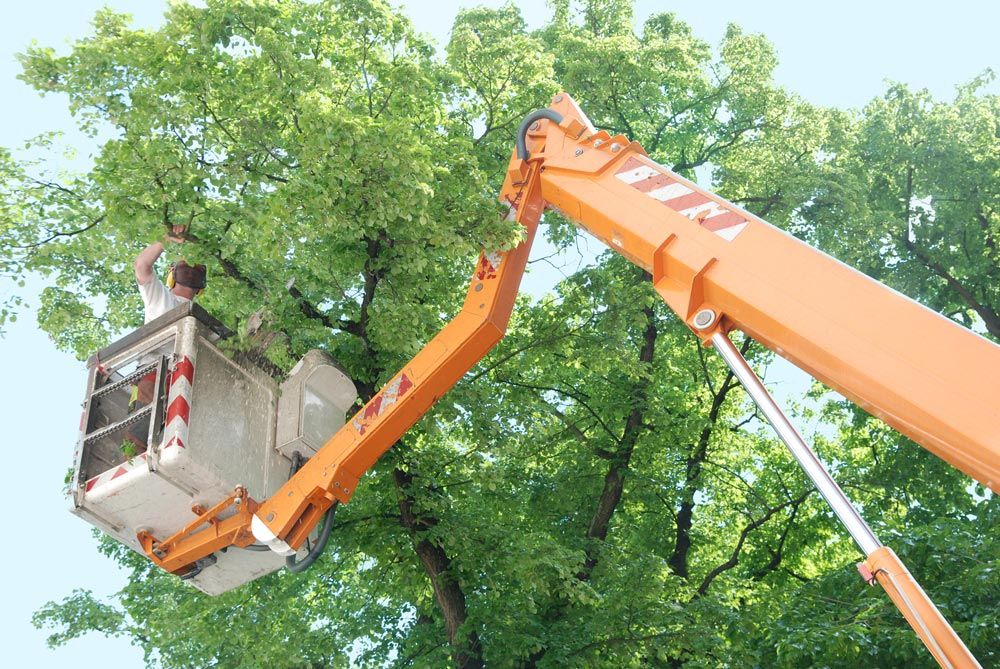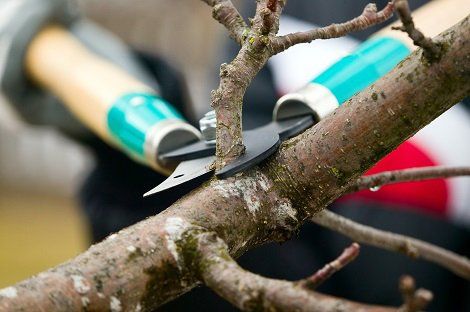CALL US TODAY!
Choosing Between Fast-Growing Versus Slow-Growing Trees

Oak trees can be magnificent reminders of the beauty of nature, but they may also take decades to come into their full glory. You can't wait that long for your landscaping to get into shape, so you may feel tempted to exclude any but the fastest-growing trees. However, both slow-growing and fast-growing trees have their pros and cons.
Discover some factors to help you choose between them for different applications.
Benefits of Fast-Growing Trees
The first reason to choose a fast-growing tree is so that it will fill the spot you have planned for it quickly. This is an important consideration, especially if you have the tree fulfilling multiple functions in addition to being a landscape feature.
Other reasons to include a fast-growing tree, though, include the following:
- It may offer brightly colored flowers or foliage.
- It may help you soak up a damp spot in the yard (if you choose a water-loving variety).
- It may offer shade and privacy faster.
These types of trees can offer plenty of benefits. That's why willows, tulip poplars, birch trees, and similar fast-growing varieties are used so often in landscaping.
Benefits of Slow-Growing Trees
At the other end of the spectrum, a very slow-growing tree can play a different role in your landscaping. Some reasons why you might entertain the thought of a slower-growing tree include the following:
- The tree will need trimming for a specific size or shape (such as for a hedge), and you don't want to have to prune it every month.
- You want the tree to last for centuries (fast-growing trees may be shorter-lived or suffer diseases and pests).
A slower-growing tree can often offer low-maintenance beauty, and some even come with relatively noninvasive roots when compared to more aggressive trees such as willows.
Places to Avoid Planting Either Type of Tree
Keep in mind that some issues can't be solved by simply choosing a different type of tree. Some spots in your landscaping where you shouldn't place either type of tree include:
- On or near your septic system, sewer line, or other pipes
- Within 8-20 feet of your house (depending on tree size)
- Too close to a driveway or patio
Even a less aggressive tree will eventually establish itself in the area and could end up putting roots in any nearby pipes or start to drop large quantities of leaves on a nearby patio.
Differences in Care and Maintenance
As you may have surmised, a slower-growing tree may demand different care than a faster-growing tree. A faster-growing tree, such as a cottonwood, may have less dense wood that's relatively weak because it grew more speedily.
Often, trees with this softer, weaker wood need pruning back to just the strongest branches for structural stability. You also need to be especially careful not to overfertilize these fast-growing trees, or you could encourage them to grow even faster at the expense of wood strength.
Ways to Influence Your Slow-Growing Tree to Grow Faster
Even a moderate or slow-growing tree can grow more quickly in an ideal situation or more slowly in a lessideal situation. If you want the benefits of a slow grower but would like to help it along, talk to your tree care experts about how to provide the best environment for growth.
Fertilizing your tree moderately (not excessively), providing it the correct amount of water, and putting it in a spot with plenty of sun may help. Keeping grass, weeds, and other plants from growing under the tree may also help by allowing the tree to make the most of the nutrients and moisture in the soil.
These comparisons may help you get a better sense of the differences in care, behavior, and drawbacks between a fast grower like a willow and a slow grower like an oak. Be sure to talk to your tree experts, AAA Tree Service, about which tree varieties do best in your area and which types may flourish in the spot you have in mind.
Browse Our Website
Contact Information
Phone: (916) 383-7413 | 916-925-0328
Address: 8511 Elwyn Avenue Elverta, CA 95626
State Contractors License # 861149
County Contractors License # 321511
City Contractors License # 141468
Special Contractors License # 609581


